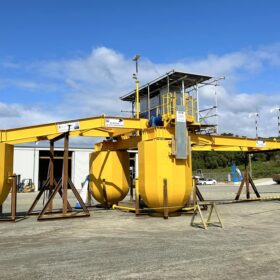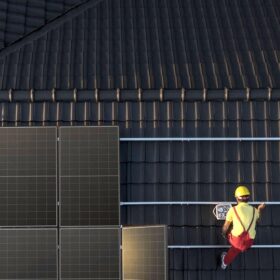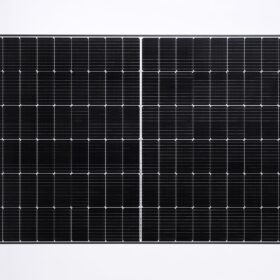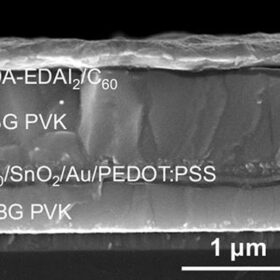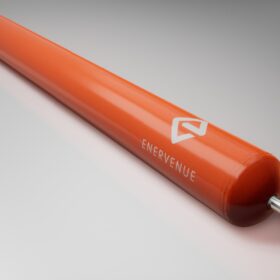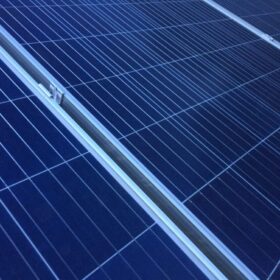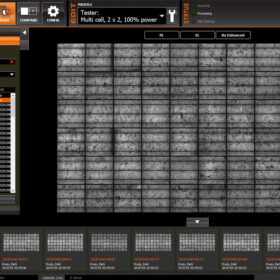Next wave of electricity generation hinges on oceans of opportunity
A wave energy convertor to be launched off the coast of Western Australia mid September 2024, is the subject of a feasibility study to demonstrate renewable electricity can be sourced from the ocean’s motion.
Aiko promises more energy output in less space with n-type 470 W solar panel
Chinese solar manufacturer Aiko has achieved Clean Energy Council approval for its 470 W Neostar 2P solar panel, which boasts more power output in less space, with an added shade optimisation advantage.
New utility-scale Wartsila battery energy storage system upgrade released
Finnish energy technology company Wartsila Energy, which is playing a key role in the second stage of the Eraring Power Station battery facility, has released a new turnkey battery storage system that includes significant fire-safety features.
Tindo unveils Australian-made n-type bifacial module
Australian PV module manufacturer Tindo Solar has unveiled a new n-type bifacial solar panel featuring an output of 425 W and conversion efficiency of 21.8%.
All-perovskite tandem solar cell based on tin-lead perovskite achieves 28.8% efficiency
Conceived by Chinese scientists, the cell was built with new surface reconstruction strategy based on the use of 1,4-butanediamine (BDA) and ethylenediammonium diiodide (EDAI2) as surface modifiers. The device was able to retain 79.7% of its initial efficiency after 550 h.
Avid signs Australian supply deal for nickel-hydrogen storage solution
Western Australian energy solutions provider Avid Group has signed a master supply agreement with United States-headquartered company Enervenue which manufactures nickel-hydrogen batteries it says are capable of more than 30,000 duty cycles at two to 12-hour discharge rates.
Nanoparticles, phase-change materials in PVT systems
A team of scientists has used paraffin wax integrated with aluminum oxide and zinc oxide to improve the electrical and thermal performance of a photovoltaic-thermal system. They have also developed a prediction model for this specific combination of hybrid nano-phase change materials.
PV module fault detection tech based on deep learning of electroluminescence
The novel technique is based on the VarifocalNet deep-learning object detection framework, which was reportedly tweaked to achieve quicker and more accurate results. Compared to other such methods, the new approach was found to be the most accurate and third quickest.
Scientists set new efficiency target for monolithic perovskite-silicon tandem solar cell
Researchers at the University of Sydney have achieved 30% efficiency rating with a monolithic perovskite-silicon tandem solar cell and now have their sights set on a new target.
BT Imaging to supply quality control tool for 1.5 GW solar cell line in India
Australian PV equipment specialist BT Imaging will supply its advanced photoluminescence imaging tool for solar module maker Emmvee’s 1.5 GW TOPCon cell manufacturing facility in India.
